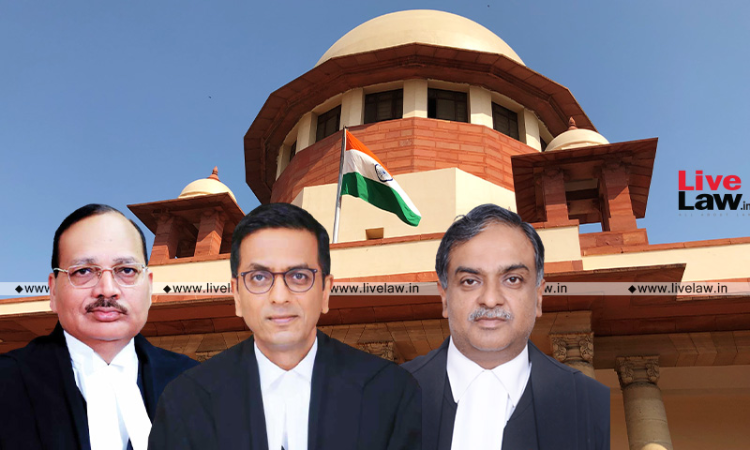Need For Umbrella Organisation For Infrastructural Requirements of Judiciary: Supreme Court Seeks Centre's Response
Mehal Jain
1 Dec 2021 8:12 PM IST

Next Story
1 Dec 2021 8:12 PM IST
The Supreme Court on Wednesday granted 3 weeks' time to the Union of India for a "radical rethink in terms of infrastructural requirements of the judiciary" and for deliberating on a mechanism for monitoring allocation of funds by the Centre and the States, the disbursal of these funds and their utilisation.The bench of Justices D. Y. Chandrachud, Surya Kant and Vikram Nath was hearing...
